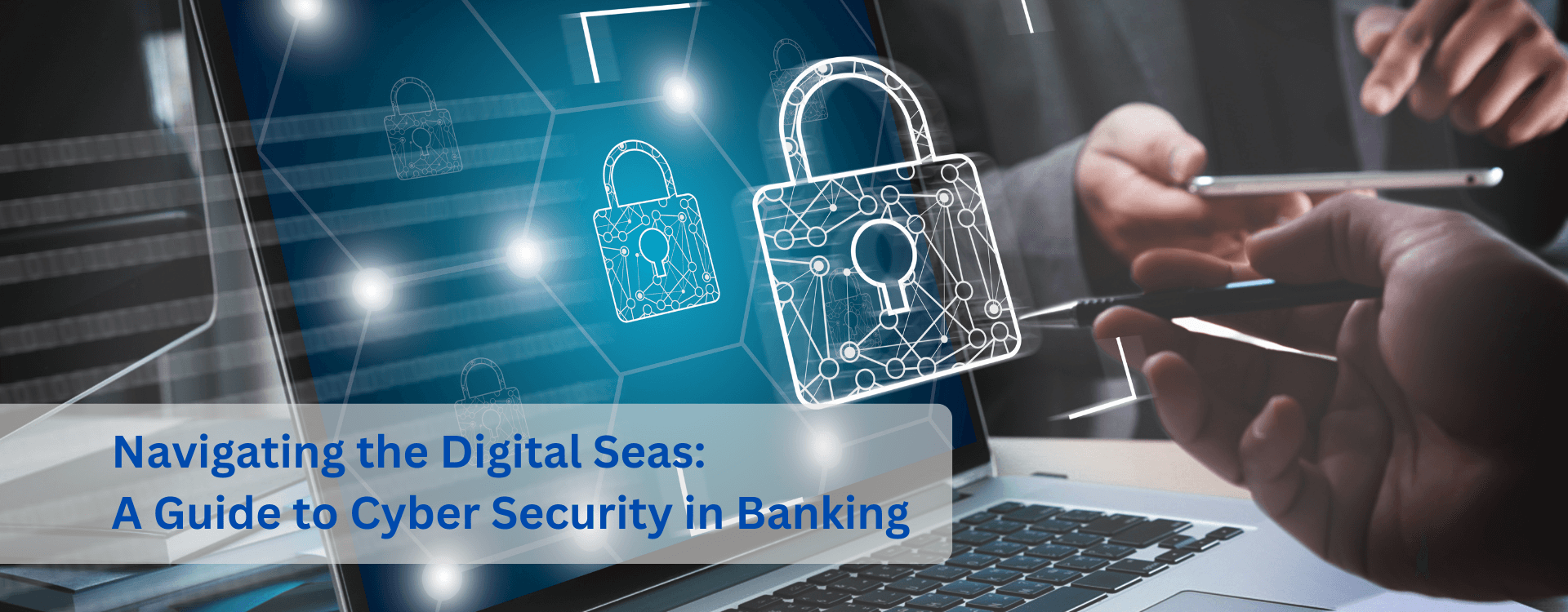
In the vast ocean of the internet, cyber security in banking is the beacon that guides customers to safe harbors. The digital transformation of banking has brought unparalleled convenience but also exposed new vulnerabilities. Cybercriminals, like modern pirates, are constantly devising new schemes to plunder the treasures within our accounts. In this article, we will navigate through the treacherous waters of cyber scams, armed with global statistics and equipped with the knowledge to set a course for secure banking.
The Global Threat Landscape
The digital age has seen a surge in cybercrime, with the banking sector being a prime target. According to the Global State of Scams Report 2022 by Group-IB, there were 293 million scam reports in 2021, marking a 20% rise in 2022. This alarming trend underscores the importance of vigilance and preparedness in the face of cyber threats.
Common Scams and Their Telltale Signs
- Phishing Expeditions
Cybercriminals cast wide nets through emails or text messages, impersonating banks to lure unsuspecting customers into revealing sensitive information. These messages often contain urgent language and request immediate action, such as clicking on a link or providing login credentials.
- The Trojan Horse
Malware disguised as legitimate software can breach your system's defenses, giving scammers access to your personal and financial data. These can be introduced via email attachments or software downloads from untrusted sources.
- The Siren's Call of Public Wi-Fi
Using public Wi-Fi for banking transactions can be akin to navigating through a siren's song, where unsecured networks leave you vulnerable to data interception by cybercriminals lurking in the shadows.
- Invoice Redirection Fraud
This scam involves cybercriminals impersonating legitimate companies or suppliers. They send fraudulent invoices to customers, often with new payment details, claiming that the company has changed its bank account. When customers pay these invoices, the money is transferred to the scammer's account instead of the legitimate supplier.
- SIM Swap Fraud
In a SIM swap scam, a fraudster gathers enough personal information about a victim to convince a mobile phone provider to switch the victim's phone number to a new SIM card, effectively giving the scammer control over the victim's phone number. This can be used to intercept one-time passwords (OTPs) or verification codes sent via SMS, allowing the scammer to bypass security measures and gain access to the victim's bank accounts.
To combat these threats, here are some essential precautions every banking customer should implement:
- Strong Passwords - Create complex and unique passwords for each banking account and update them regularly.
- Two-Factor Authentication (2FA) - Add an extra layer of security by enabling 2FA, which requires a second form of verification beyond just a password.
- Secure Networks - Always use a secure and private internet connection for online banking, avoiding public Wi-Fi whenever possible.
- Software Updates - Keep your devices and antivirus software up to date to protect against the latest threats.
- Vigilant Monitoring - Regularly check your bank statements for any unauthorized transactions and report them immediately.
- Verify your details - Always verify any change in payment details directly with the company using a known contact method.
- Avoid immediate payment requests - Be cautious of any unsolicited communications requesting immediate payment or providing new banking information.
- Implement internal controls for verifying and paying invoices, especially for large amounts.
- Don’t share sensitive information - Protect personal information online and be wary of sharing sensitive details on social media or through unsecured channels.
- Contact your mobile provider to set up additional security measures for SIM swaps or changes to your account.
In conclusion, the responsibility of cyber security is a shared one. As the banking industry continues to evolve, and so do the tactics of cybercriminals. It is imperative for both banks and customers to stay informed and proactive in implementing cyber security measures. By doing so, we can ensure that our digital voyages are not only convenient but also secure.

- No. 12. Edmonton Road
Kirulapone
Colombo 06
Sri Lanka. - 011 5411 411
